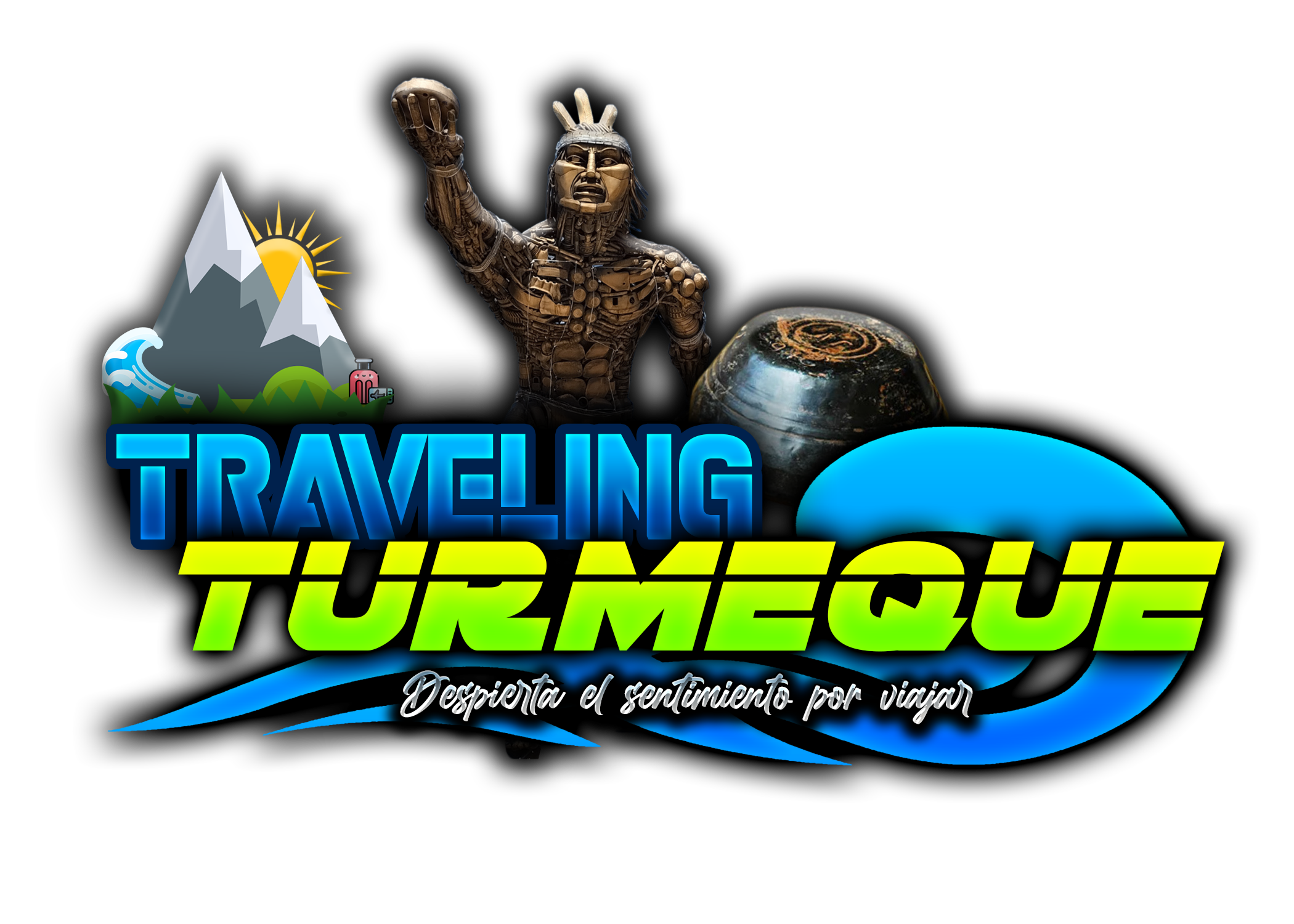PLAYING TURMEQUÉ
Muisca Heritage, History, Cultural Heritage and National Sports.
PLAYING TURMEQUÉ, OUR NATIONAL SPORT
Turmequé, Tejo or parabolic launch, is one of the most practiced native sports in the country, its birthplace is the Municipality of Turmequé in the department of Boyacá, the Land of Don Diego de Torres, Villa Republicana, National Monument and Asset of Interest Cultural.

This native sport is an inheritance from Cacique Turmequé, a Muisca people who inhabited the Cundiboyacense Altiplano. For them, their practice focused on the religious, it was a tribute to their tutelary gods, where the Turmequé represented the movement of the moon and the sun, in the same way it represented a friendly method for the solution of any difference and a pastime in the exhausting days of travel, between one territory and another.

During the Colonial and Republican period, Turmequé varied from a religious practice to a game, where little by little it evolved, to what we know today. The wick, the clay box, the metal horn are incorporated, replacing the guadua pipes and the stone yews are replaced by metal and steel elements.
This cultural and sporting manifestation, as a result of its expansion, was accepted as an official indigenous sport in the National Athletic Games in 1954. In 1956 the Colombian Tejo Federation was created. In 1969, it was recognized as a basic sport. In 2000, it was declared a National Sport of Colombia, through Law 613 and in 2019, it was declared Intangible Cultural Heritage of the Nation, through Law 1947.

Its practice consists of throwing a metal disc “Tejo”, between courts located on each side, with the purpose of achieving the best score, where, during its practice, an unparalleled experience is achieved, physical activity and a practice that allows building stories, achieving the good use of free time
The four most important plays are; the Hand (one point), the Wick (three points), the Bocín (six points) and the Moñona (nine points). The most common distances or types of courts are; the Mini-yew (8 meters), Poni-yew (12 meters) and the long yew (19.5 Meters).

Practiced by great national personalities, such as Jorge Eliécer Gaitán and Julio Cesar Turbay Ayala, this pastime, an integrative and community element, has achieved a great boom, being practiced internationally, in countries in America and Europe, being one of the symbols of our department and the country, emblem of the Valley of the Trumpets, the name by which the municipality where it originates is also known.
Around this manifestation, the municipality of Turmequé, its cradle, in 1992 built the Coliseum of the Juego al Turmequé and in 2002, the monument of the Juego al Turmequé was installed in the Diego de Torres Main Park, a structure, more 15 meters high, made from utensils typical of the “junk” region, a monument that became a municipal cover and icon of this sport, as well as a mandatory postcard for every visitor.

Likewise, festivals, local, regional and national championships, dissemination strategies, murals, videos, audiovisual notes, among others, are being carried out in order to commemorate, safeguard and celebrate their tradition. The Turmequé is the greatest legacy for the inhabitants of this municipality and is part of its national symbols, such as the Flag and Shield.
The Turmequé Game is made up of a diversity of cultural, sporting, administrative, socio-economic, touristic elements, among others, that make this event our pride and our sporting insignia at a national and international level.

Ven a practicarlo, porque no hay como jugar al Turmequé en la tierra que lo víó nacer, Turmequé Boyacá.
